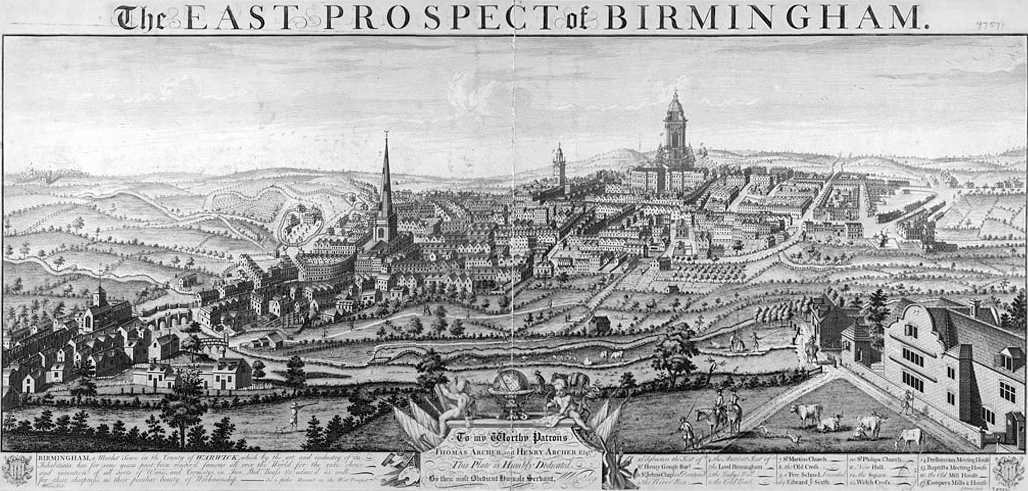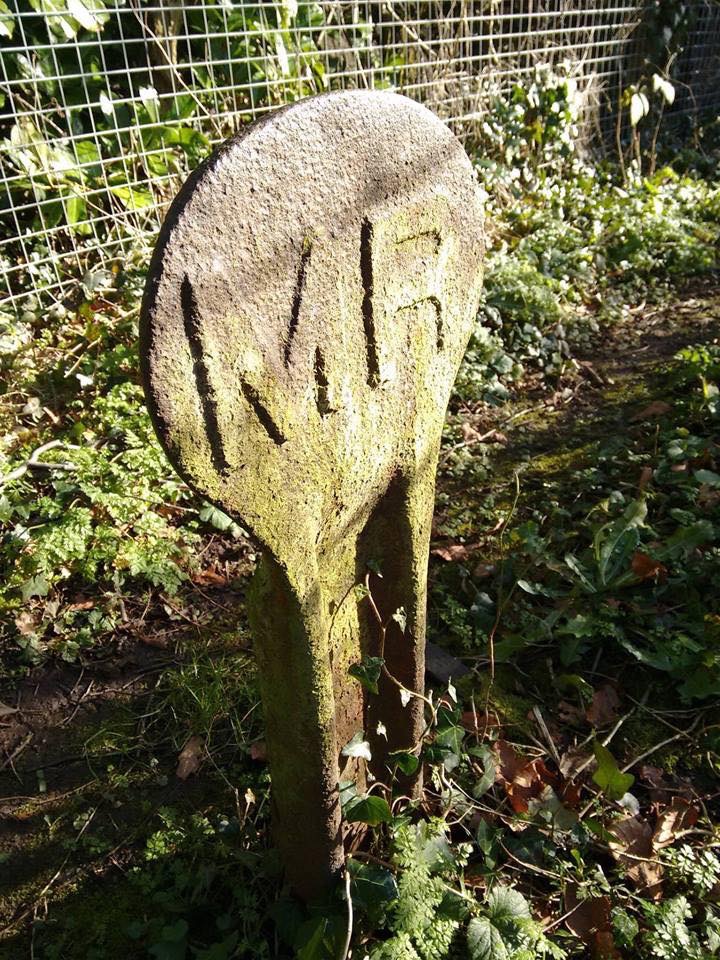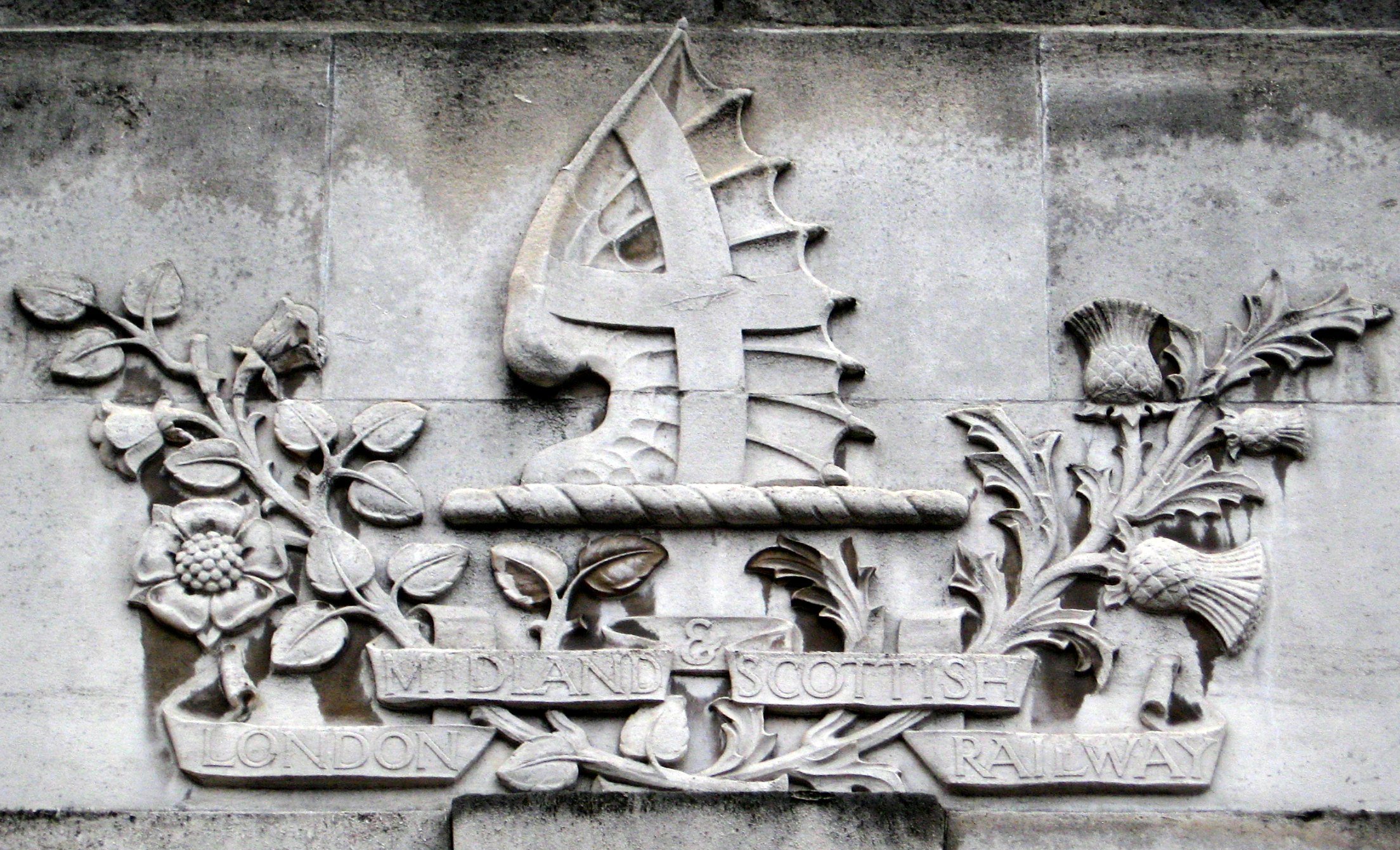|
Rubery Railway Station
Rubery railway station was a railway station in Rubery, Birmingham, England, on the Great Western Railway and Midland Railway's joint Halesowen Railway line from Old Hill to Longbridge. The station closed in 1919 for regular services but workmen's trains continued until 1958. The station was the location of the only passing loop between Halesowen and Longbridge. References Further reading * {{West Midlands railway stations, disused Disused railway stations in Birmingham, West Midlands Former Midland Railway stations Former Great Western Railway stations Railway stations in Great Britain opened in 1883 Railway stations in Great Britain closed in 1919 ... [...More Info...] [...Related Items...] OR: [Wikipedia] [Google] [Baidu] |
Rubery
Rubery is the name of two adjacent settlements; one a village in the Bromsgrove District of Worcestershire, the other a suburb of Birmingham in the West Midlands County, West Midlands, England. It is from Bromsgrove town centre, and from Birmingham city centre. Rubery was built on a sandstone quarry, now known as "Rubery Cutting"/"Leach Green Quarry", parts of which can still be seen near the Rubery 'Fly-over'. Former clay mining pits, later flooded and known locally as 'The Marl Holes', now make up Callowbrook Park, which, alongside St Chads Park, is one of the two main parks in the village. Much of the urbanisation in Rubery occurred between 1960 and 1970, where suburbs replaced former farmland and historic farms such as Callowbrook Farm (formally located at the site of Callowbrook Bridge) and Gunner Lane Farm. Etymology The word "Rubery" comes from the old English word "" meaning "a rough hill", which may refer to Rubery Hill, situated on "Cоck-Hill Lane". Geography and D ... [...More Info...] [...Related Items...] OR: [Wikipedia] [Google] [Baidu] |
Birmingham
Birmingham ( ) is a City status in the United Kingdom, city and metropolitan borough in the metropolitan county of West Midlands (county), West Midlands, within the wider West Midlands (region), West Midlands region, in England. It is the List of English districts by population, largest local authority district in England by population and the second-largest city in Britain – commonly referred to as the second city of the United Kingdom – with a population of million people in the city proper in . Birmingham borders the Black Country to its west and, together with the city of Wolverhampton and towns including Dudley and Solihull, forms the West Midlands conurbation. The royal town of Sutton Coldfield is incorporated within the city limits to the northeast. The urban area has a population of 2.65million. Located in the West Midlands (region), West Midlands region of England, Birmingham is considered to be the social, cultural, financial and commercial centre of the Midland ... [...More Info...] [...Related Items...] OR: [Wikipedia] [Google] [Baidu] |
Ordnance Survey National Grid
The Ordnance Survey National Grid reference system (OSGB), also known as British National Grid (BNG), is a system of geographic grid references, distinct from latitude and longitude, whereby any location in Great Britain can be described in terms of its distance from the origin (0, 0), which lies to the west of the Isles of Scilly. The Ordnance Survey (OS) devised the national grid reference system, and it is heavily used in its survey data, and in maps based on those surveys, whether published by the Ordnance Survey or by commercial map producers. Grid references are also commonly quoted in other publications and data sources, such as guide books and government planning documents. A number of different systems exist that can provide grid references for locations within the British Isles: this article describes the system created solely for Great Britain and its outlying islands (including the Isle of Man). The Irish grid reference system is a similar system created by the ... [...More Info...] [...Related Items...] OR: [Wikipedia] [Google] [Baidu] |
Midland Railway
The Midland Railway (MR) was a railway company in the United Kingdom from 1844 in rail transport, 1844. The Midland was one of the largest railway companies in Britain in the early 20th century, and the largest employer in Derby, where it had its headquarters. It amalgamated with several other railways to create the London, Midland and Scottish Railway at Railways Act 1921, grouping in 1923. The Midland had a large network of lines emanating from Derby, stretching to St Pancras railway station, London St Pancras, Manchester Central railway station, Manchester, Carlisle railway station, Carlisle, Birmingham Curzon Street railway station (1838–1966), Birmingham, and Bristol Temple Meads railway station, Bristol. It expanded as much through acquisitions as by building its own lines. It also operated ships from Heysham in Lancashire to Douglas, Isle of Man, Douglas and Belfast. A large amount of the Midland's infrastructure remains in use and visible, such as the Midland Main Lin ... [...More Info...] [...Related Items...] OR: [Wikipedia] [Google] [Baidu] |
Great Western Railway
The Great Western Railway (GWR) was a History of rail transport in Great Britain, British railway company that linked London with the southwest, west and West Midlands (region), West Midlands of England and most of Wales. It was founded in 1833, received its enabling act of Parliament on 31 August 1835 and ran its first trains in 1838 with the initial route completed between London and Bristol in 1841. It was engineered by Isambard Kingdom Brunel, who chose a broad gauge of —later slightly widened to —but, from 1854, a series of Consolidation (business), amalgamations saw it also operate Standard gauge, standard-gauge trains; the last broad-gauge services were operated in 1892. The GWR was the only company to keep its identity through the Railways Act 1921, which amalgamated it with the remaining independent railways within its territory, and it was finally merged at the end of 1947 when it was Nationalization, nationalised and became the Western Region of British Railways. ... [...More Info...] [...Related Items...] OR: [Wikipedia] [Google] [Baidu] |
London, Midland And Scottish Railway
The London, Midland and Scottish Railway (LMSIt has been argued that the initials LMSR should be used to be consistent with London and North Eastern Railway, LNER, Great Western Railway, GWR and Southern Railway (UK), SR. The London, Midland and Scottish Railway's corporate image used LMS, and this is what is generally used in historical circles. The LMS occasionally also used the initials LM&SR. For consistency, this article uses the initials LMS.) was a British railway company. It was formed on 1 January 1923 under the Railways Act 1921, which required the grouping of over 120 separate railways into four. The companies merged into the LMS included the London and North Western Railway, the Midland Railway, the Lancashire and Yorkshire Railway (which had previously merged with the London and North Western Railway on 1 January 1922), several Scottish railway companies (including the Caledonian Railway), and numerous other, smaller ventures. Besides being the world's largest ... [...More Info...] [...Related Items...] OR: [Wikipedia] [Google] [Baidu] |
England
England is a Countries of the United Kingdom, country that is part of the United Kingdom. It is located on the island of Great Britain, of which it covers about 62%, and List of islands of England, more than 100 smaller adjacent islands. It shares Anglo-Scottish border, a land border with Scotland to the north and England–Wales border, another land border with Wales to the west, and is otherwise surrounded by the North Sea to the east, the English Channel to the south, the Celtic Sea to the south-west, and the Irish Sea to the west. Continental Europe lies to the south-east, and Ireland to the west. At the 2021 United Kingdom census, 2021 census, the population was 56,490,048. London is both List of urban areas in the United Kingdom, the largest city and the Capital city, capital. The area now called England was first inhabited by modern humans during the Upper Paleolithic. It takes its name from the Angles (tribe), Angles, a Germanic peoples, Germanic tribe who settled du ... [...More Info...] [...Related Items...] OR: [Wikipedia] [Google] [Baidu] |
Halesowen Railway
The Halesowen Railway, also known as the Halesowen and Northfield Railway and the Halesowen Joint Railway, was a standard gauge railway in what is now the West Midlands of England. It connected the Great Western Railway's branch from Old Hill to Halesowen (opened 1878) with the Midland Railway’s Birmingham to Gloucester line at Longbridge Junction (formerly known as Halesowen Junction) near the present Longbridge station. The term "Halesowen Railway" is sometimes applied to the whole line between Old Hill and Longbridge but, strictly, it applies only to the portion south of Halesowen. Opening The Great Western Railway (GWR) opened their branch from (on the line between and ) to on 1 March 1878. The new branch was long from the junction at Old Hill. (On the same day, the GWR opened the link between Old Hill and Netherton on the line from Stourbridge Junction to ). Construction of the line between Halesowen and started in 1878 and the railway opened as the Halesowen an ... [...More Info...] [...Related Items...] OR: [Wikipedia] [Google] [Baidu] |
Hunnington Railway Station
Hunnington railway station was a railway station in the village of Hunnington, near Halesowen, England, on the Great Western Railway & Midland Railway's Joint Halesowen Railway The Halesowen Railway, also known as the Halesowen and Northfield Railway and the Halesowen Joint Railway, was a standard gauge railway in what is now the West Midlands of England. It connected the Great Western Railway's branch from Old Hill ... line from Old Hill to Longbridge. Structure The station had only a single platform but had its own sidings, which served the now closed Blue Bird Toffee factory. History Advertised public passenger services were withdrawn in 1919 but workmen's trains continued until 1958. Present day Unlike most of the other former stations and infrastructure of the Halesowen Railway, Hunnington station building still remains as a private residence.Moors, Terry: ''Lost Railways of Birmingham & The West Midlands'', page 69. Countryside Books, 2008 References ... [...More Info...] [...Related Items...] OR: [Wikipedia] [Google] [Baidu] |
Longbridge Railway Station (1915–1964)
Longbridge railway station was a railway station in Longbridge, Birmingham, England, on the Great Western Railway and Midland Railway's joint Halesowen Railway The Halesowen Railway, also known as the Halesowen and Northfield Railway and the Halesowen Joint Railway, was a standard gauge railway in what is now the West Midlands of England. It connected the Great Western Railway's branch from Old Hill ... line from Old Hill to Longbridge. Despite closure, the railway station and part of the track remained in situ until the demolition of most of the Longbridge factory in 2006. The station should not be confused with the current station that was built in 1978, and is located on the Cross City Line. References External links Austin & Longbridge Railways {{DEFAULTSORT:Longbridge railway station (1915-64) Disused railway stations in Birmingham, West Midlands Railway stations in Great Britain opened in 1915 Railway stations in Great Britain closed in 1960 Former Mid ... [...More Info...] [...Related Items...] OR: [Wikipedia] [Google] [Baidu] |
Former Midland Railway Stations
A former is an object, such as a template, gauge or cutting die, which is used to form something such as a boat's hull. Typically, a former gives shape to a structure that may have complex curvature. A former may become an integral part of the finished structure, as in an aircraft fuselage, or it may be removable, being used in the construction process and then discarded or re-used. Aircraft formers Formers are used in the construction of aircraft fuselage, of which a typical fuselage has a series from the nose cone to the empennage, typically perpendicular to the longitudinal axis of the aircraft. The primary purpose of formers is to establish the shape of the fuselage and reduce the column length of stringers to prevent instability. Formers are typically attached to longerons, which support the skin of the aircraft. The "former-and-longeron" technique (also called stations and stringers) was adopted from boat construction, and was typical of light aircraft built until ... [...More Info...] [...Related Items...] OR: [Wikipedia] [Google] [Baidu] |





